An Air India Boeing 787 heading for the UK initially took off but subsequently crashed into a heavily built-up area in Ahmedabad, India.
This accident happened on Thursday, the 12th of June. It involved flight AI-171, departing from Ahmedabad International Airport (VAAH) in India. Its destination was London Gatwick Airport (EGKK) in the UK.
Air India performs this flight daily, departing Ahmedabad around noon. On this day, the Air India 787 was scheduled to depart at 13:10 local time. Its actual departure time was 13:39, or 08:09 UTC.
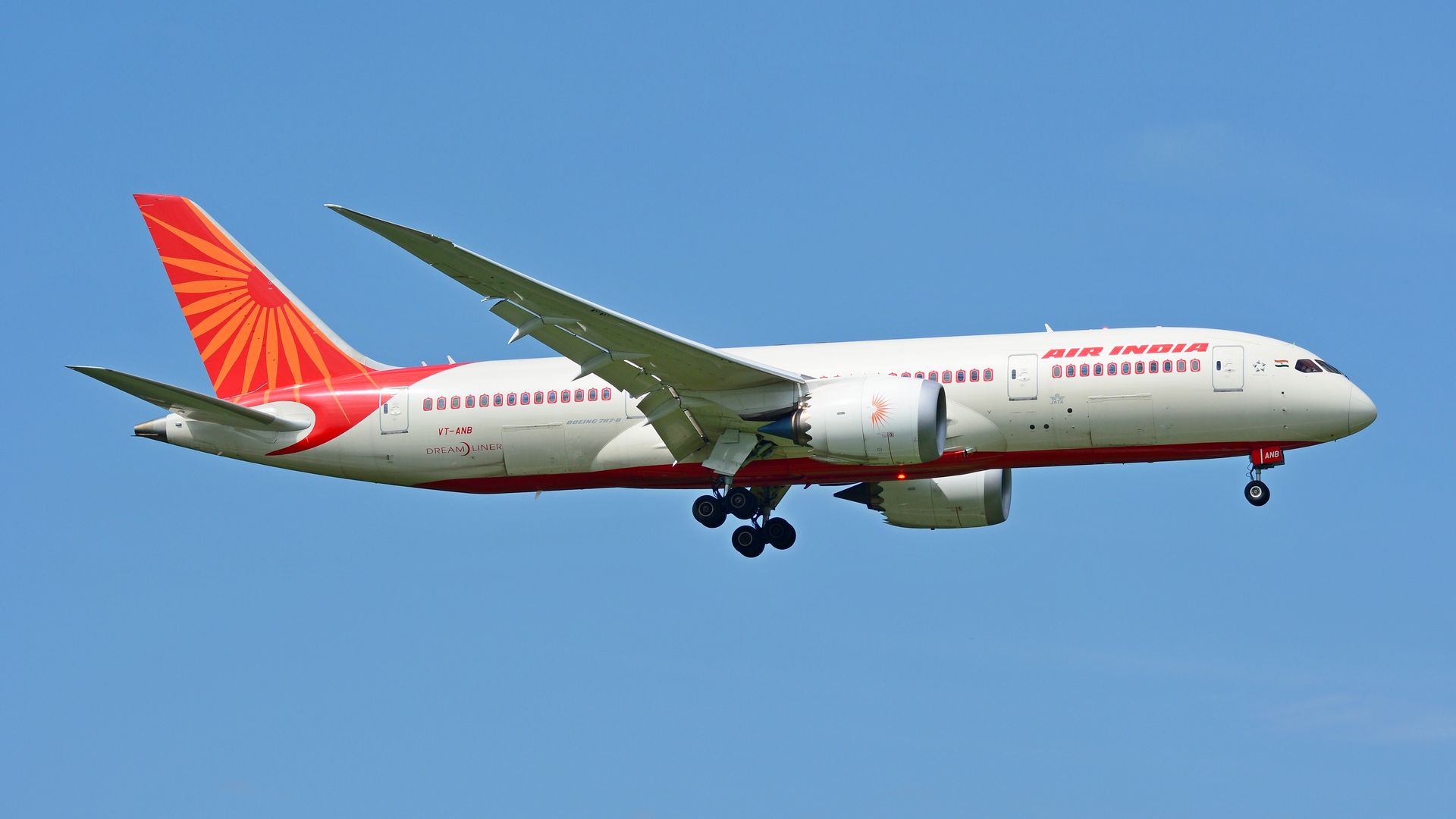
Initial information suggested that there were 232 passengers and 12 crew on board the Air India 787 for this flight. More recent sources report a total of 230 passengers on board: 169 Indian nationals, 53 British, 7 Portuguese and 1 Canadian.
Air India 787 Departure
The aircraft departed using Ahmedabad’s runway 23. Weatherwise, the flight departed into a light headwind, in good visibility conditions, although the high temperatures would impact the aircraft’s takeoff performance:
VAAH 120800Z 25007KT 6000 NSC 37/16 Q1001 NOSIG=
VAAH 120830Z 24003KT 6000 NSC 37/17 Q1000 NOSIG=
As of this writing, available ADS-B information shows the aircraft entering the runway from the northern end of parallel taxiway P at R4.
R4 is about halfway down the runway, with approximately 6,300 feet (1,920 meters) of paved runway remaining for departure. However, it’s important to note that we don’t know if the aircraft actually departed from R4, or if the Air India flight crew backtracked their 787, to depart from elsewhere.
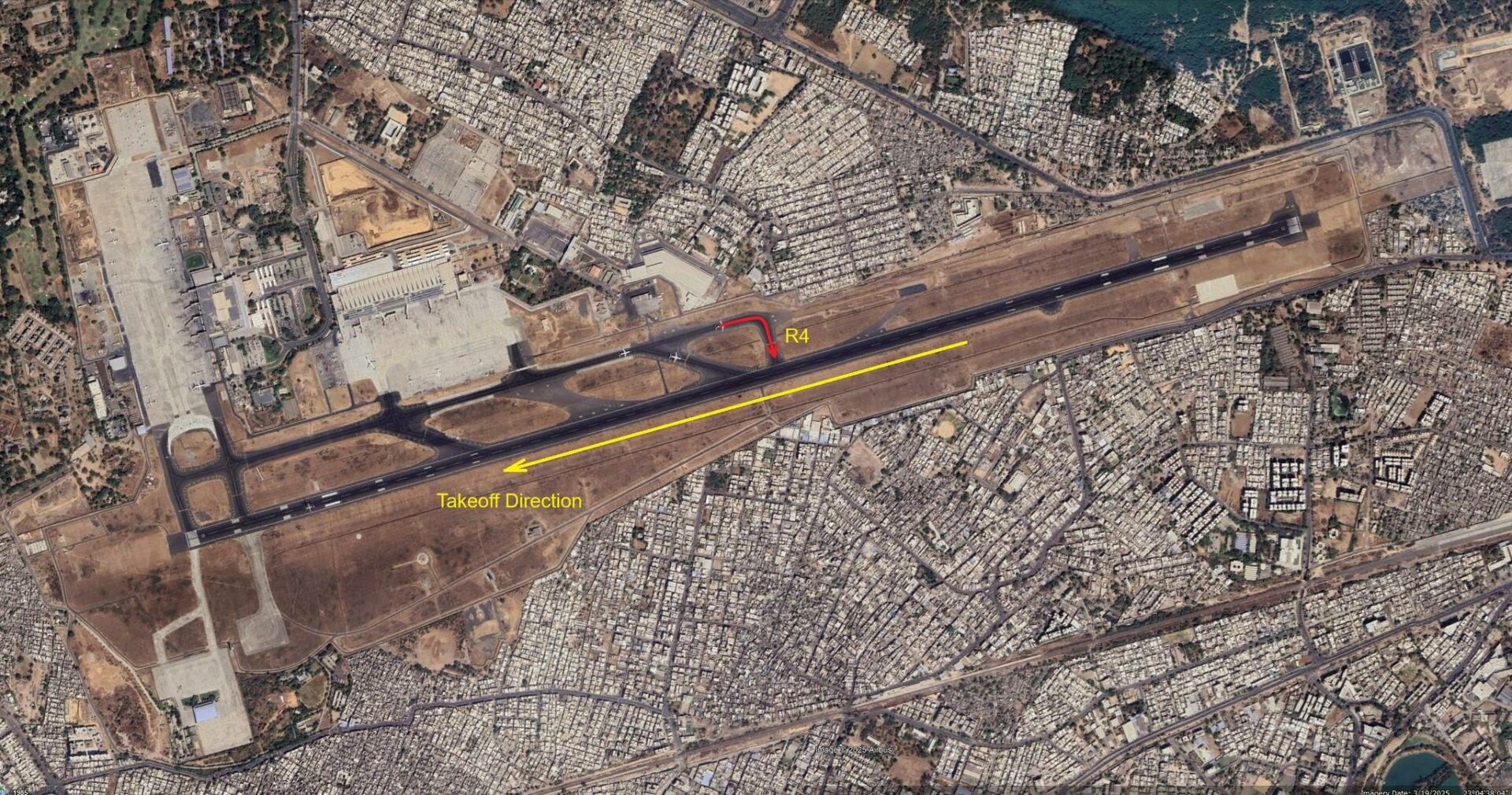
In Flight Radar 24, after the Air India 787 reaches the hold short area, there is only one more datapoint remaining. This point shows the aircraft travelling at 174 knots of ground speed, at a barometric altitude of 625 feet. This is about 400 feet above the ground.
At that moment, the aircraft had a vertical speed of 896 feet per minute. Approximately 4 minutes passed between this last datapoint and the previous point, when the aircraft was entering the runway at R4.
Crash
In any case, available video shows the Air India 787 first climbing, then losing altitude as it gets away from the airport. According to available reports, it hit the ground approximately 1.36 nautical miles away from the airport, in an area called Meghani Nagar, close to the Ahmedabad civil hospital.
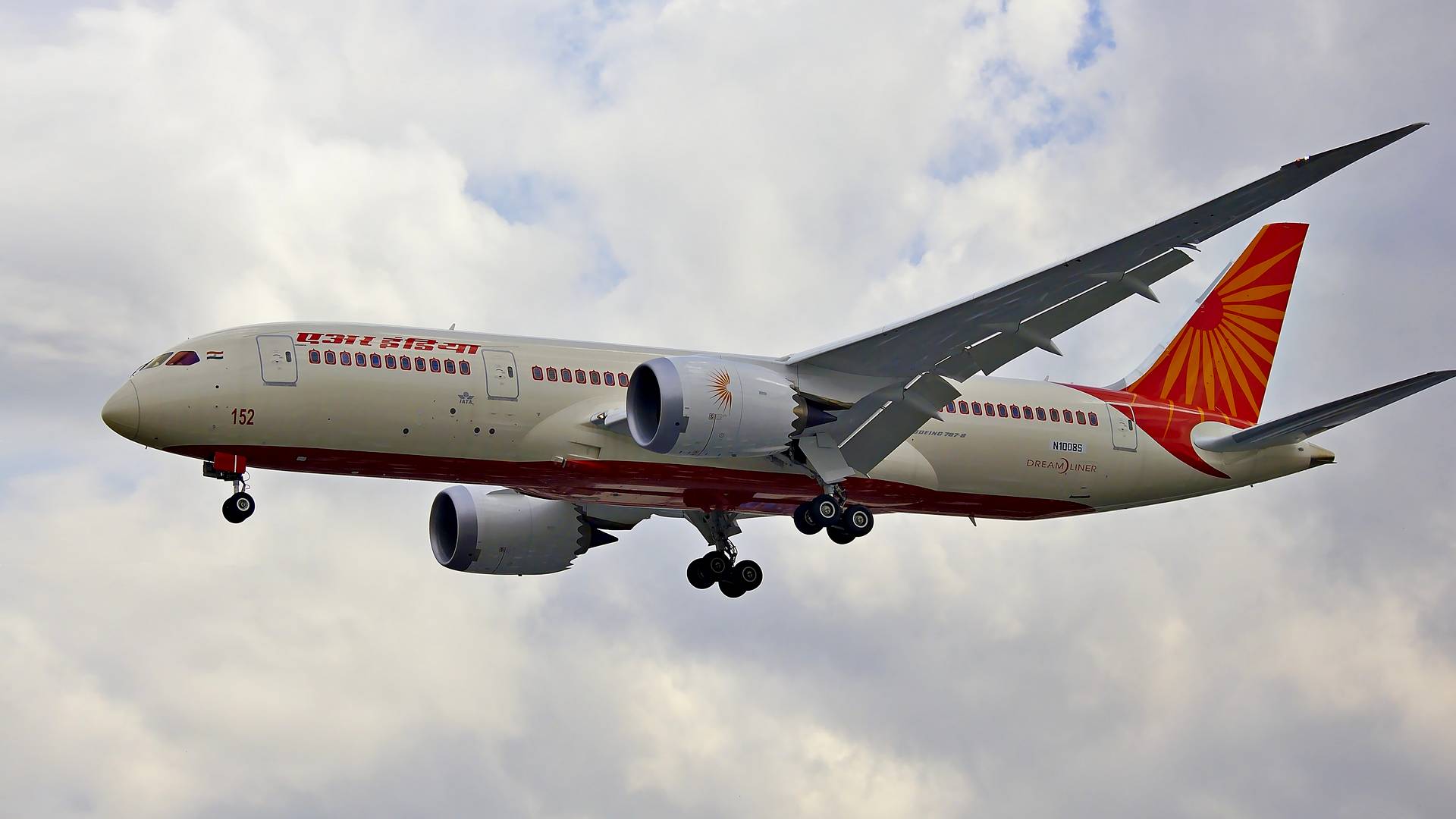
As of this writing, rescue and recovery efforts are still underway at the accident scene while trying to stop the fire from spreading. There are already reports of injuries to people on the ground. Local police report that the building hit by the aircraft is a doctors’ hostel.
The airport closed after the accident, resuming operations at 16:05 local time. The accident aircraft is a 787-8 with registration VT-ANB and has GEnx engines. Air India took delivery of this 787 in January of 2014. Air India has 26 more of these jets, plus another 7 787-9s.
This is the first crash of a Boeing 787, after the type entered service in October 2011. There is still little information as the official investigation gets underway. A video showing the aircraft after departure has emerged on Reddit:
The BBC reported that the flight’s Captain had approximately 8,200 total flight hours, without specifying how many of them were on the 787. The First Officer had about 1,100 flight hours.
This is a developing story. More updates will follow as they become available.
Air India 787 Crash – Updates
Air traffic control authorities confirmed that the Air India flight crew issued a Mayday call shortly after takeoff, but then didn’t respond to ATC calls.
Further information from Flight Radar 24 confirms that the aircraft backtracked and started its takeoff roll from the start of runway 23.
The NTSB will travel to India to take part in the investigation. UK’s AAIB is also sending an investigative team.
The BBC and local media in India confirm that there is at least one survivor in the crash. At least 50 to 60 people on the ground (mostly doctors and medical staff) suffered injuries requiring hospitalization.
Air India has now confirmed that all but one occupant in 787 flight perished in the crash. The sole survivor is in stable condition in hospital. However, the total number of victims is yet to be determined, as authorities still try to account for those present in and around the damaged buildings.
The authorities have started searching for the aircraft’s black boxes.
Further Updates (3 Days Later)
There are 38 ground fatalities, bringing the total death toll to 279 people. At this time, rescue efforts have reportedly ended, with the focus now shifting to recovery.
One of the recorders was found on the 13th of June, on the roof of the building that the Air India 787 crashed into. The authorities also found the other recorder hours later. 787s typically come with two combined Voice and Flight Data recorders, rather than a conventional Cockpit Voice Recorder (CVR) and a separate Flight Data Recorder (FDR).
There are no external signs of bird remains in the plane’s engines.
The wreckage is spread over an area approximately 200 meters wide.
India’s aviation authority has ordered inspection checks for all 787s in the country, but has not issued an order to ground the type. The checks include fuel, hydraulic, engine and flight control systems, among other parameters.
As of the 14th, Air India stated that it has already inspected 8 of these jets. In addition to Air India, IndiGo currently operates a wet-leased 787, which belongs to Norse Atlantic Airways, with plans to add more in the coming months.
More detailed, pressure-corrected data from Flight Radar 24 indicate that the aircraft got as high as 71 feet, before it stopped transmitting ADS-B data. Indian authorities confirmed that the aircraft started its takeoff run from the beginning of the runway. However, they added that the aircraft accelerated and climbed slower than usual.
Local reports in India confirmed the flight experience of the flight crew, adding that the commander was a Line-Training Captain and close to retirement.
The sole survivor is out of danger and has reported that the cabin lights flickered repeatedly before the crash.
Sources
https://avherald.com/h?article=528f27ec&opt=0
https://www.flightradar24.com/data/aircraft/vt-anb#3ac3097f
https://www.planespotters.net/airframe/boeing-787-8-vt-anb-air-india/rm97l7
https://www.bbc.com/news/live/c8d1r3m8z92t?post=asset%3Adb3ec19e-7c9f-4688-89cd-3e0979f3b6c8

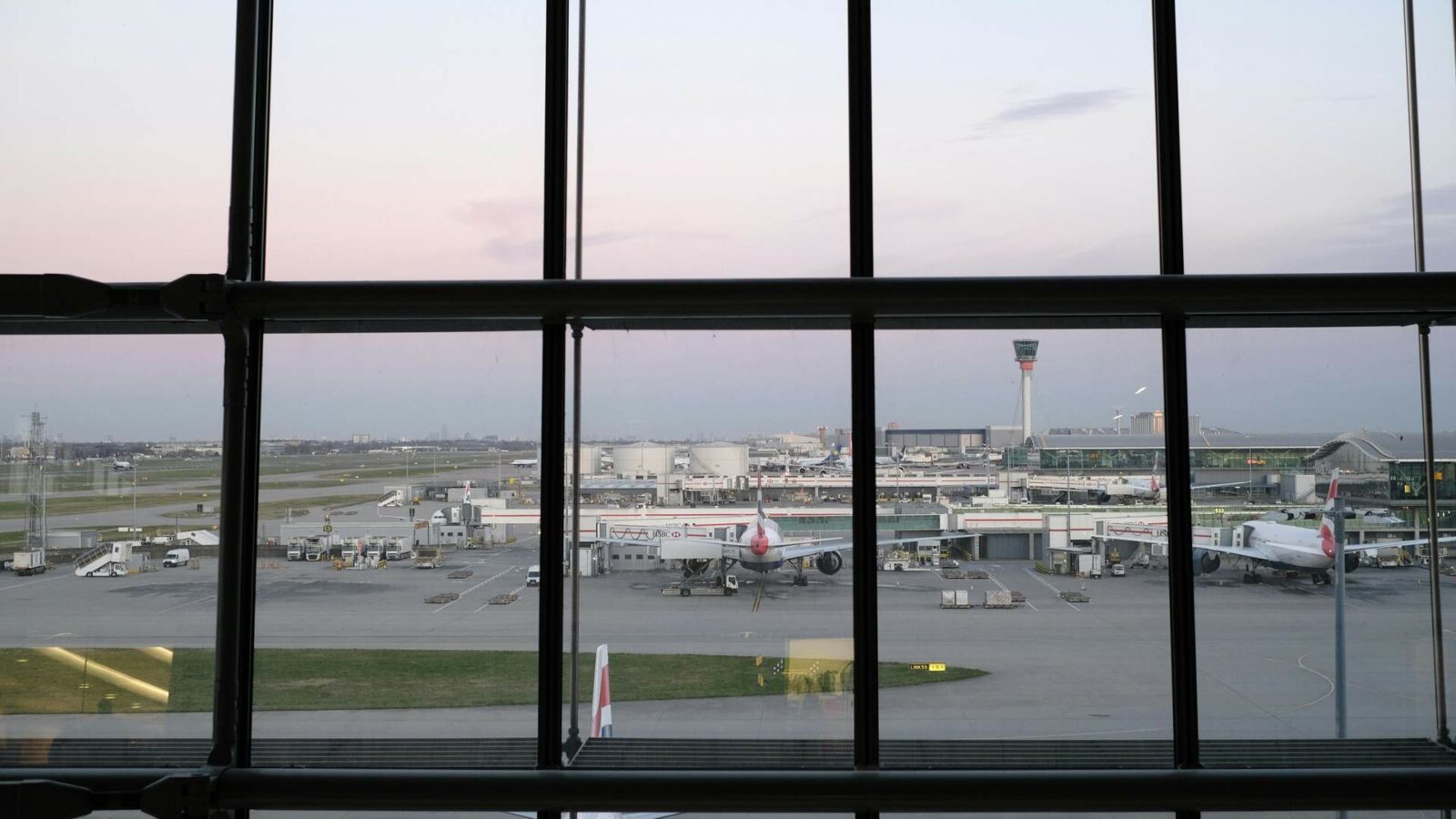
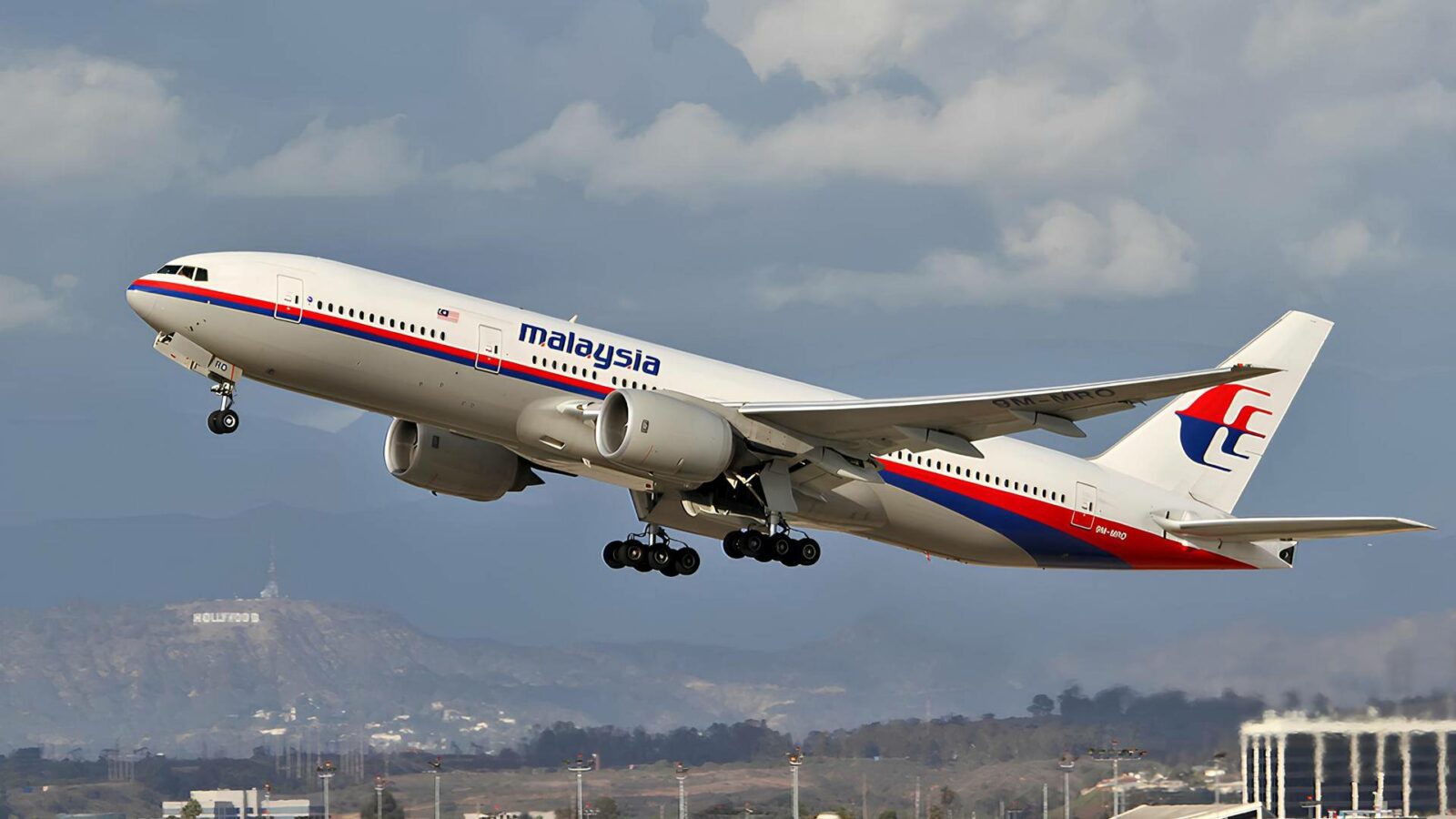
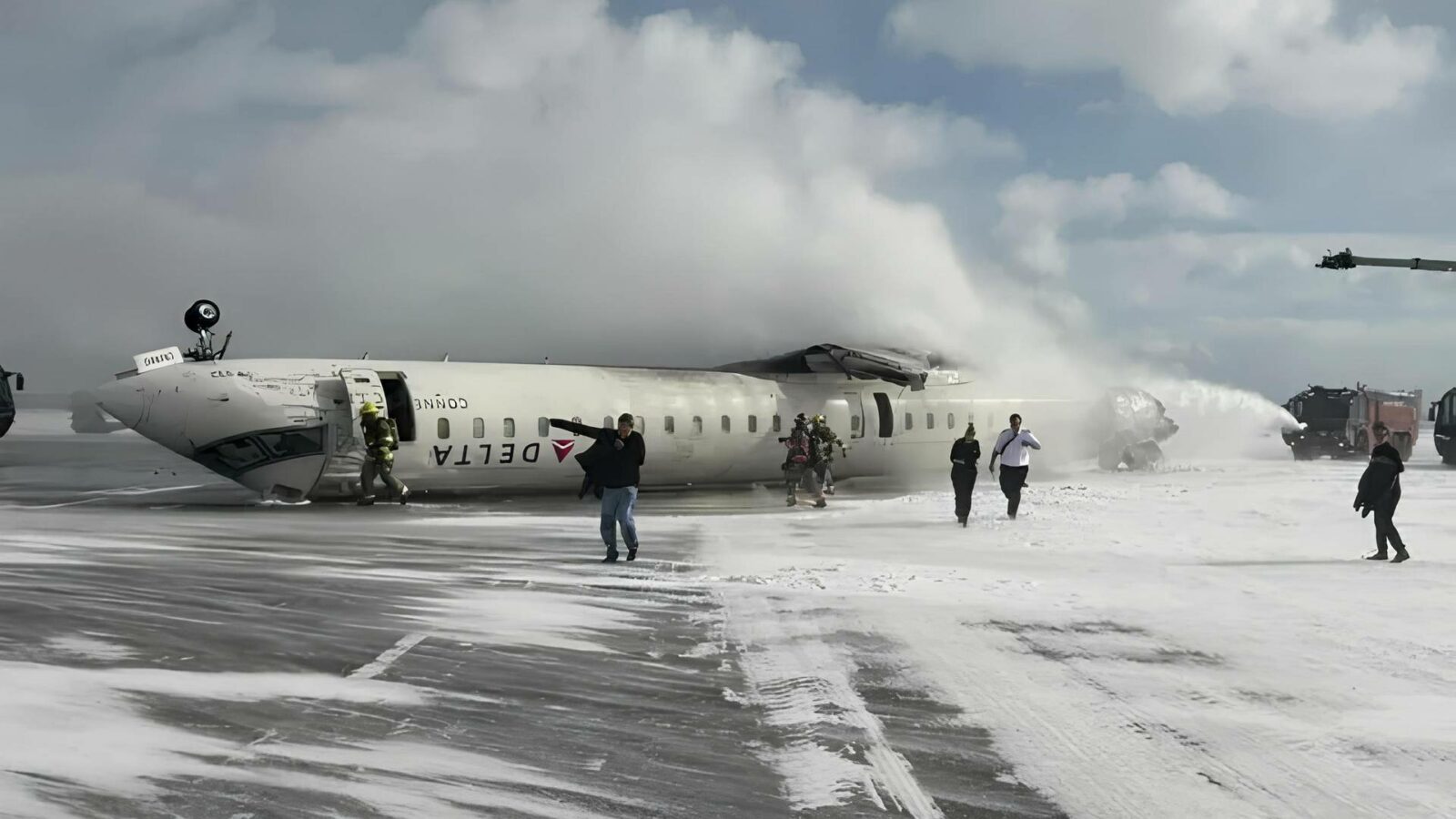
23 comments
Douglas Thomas
Other 787s have logged double engine failures. They were inflight and easily restarted. Upon takeoff an immediate action with no more lift might be to preserve the kinetic energy by going nose down to preserve the lift, slowing to a full flaps speed and glide mode until the engines spool down and can restart. AI could calculate the time aloft in a hyperbolic curve and include the descent from peak of no thrust and speed banning full flaps and more lift.
The switches may’ve been switched on the ground. The AI thought the wheels were still on the ground, full engine on the ground is only for takeoff, so it didn’t know it was in takeoff mode due to one of the components supposed to signal that state failed, and dominoes for safety triggered complete reset. Time the reset inflight other 787s have logged and see how survivable a takeoff failure is based on time and hyperbolic curve. Surround terrain, and population density are obviously a factor. With no engines you have no climb but you have altitude and kinetic energy.
Torsten Marten
I would be interested to hear your thoughts on this editorial about AI171 in the Aviation Herald by Simon Hradecky that was published on July 31st – could it be discussed in a Captains Speaking podcast?
https://avherald.com/h?article=52b0a800&opt=0
[email protected]
I don’t normally comment here as I am not a pilot so basically ignorant of such matters.
However, regarding these fuel switches, presumably as a pilot knows these have to be raised to overcome the detent in order to operate them, that would be the normal action when operating them, so it may never be noticed that the switch is faulty if it wasn’t checked in accordance to the previous air worthiness bulletin. Apparently Air India has not done this check.
It would cost very little to eliminate that .000001% of doubt, if each aircraft was checked (whilst safely on the ground) that the fuel cutoff switches will not operate unless the switch was raised to overcome the detent.
PaulW
A copy of the Safety information Bulletin that was mentioned in the preliminary report can be found on EASA’s website:
https://ad.easa.europa.eu/blob/NM-18-33.pdf/SIB_NM-18-33_1
Even if a locking mechanism was faulty, it doesn’t mean the switch could move by itself, it would still require an external force to move from Run to cutoff. And there’s still physical guards either side of the switches which, combined with their low profile and rounded shape, all reduce risk of accidental knocking. Granted, an external force could come from sources other than a pilot, for example excessive vibrations, but this is very unlikely. All the above would have all been factors that ultimately decided this was not a unsafe condition that would warrant an airworthiness directive.
Considering the bulletin was from 7 years ago, and that it covered a large range of models (737, 747, 757, 767, 787), a huge number of flying hours would have already been amassed with potentially faulty switches. We don’t have any details on the number of confirmed faulty switches or if there have been any reported instances of a switch inadvertently being knocked, but if there had i would’ve thought the bulleting would have been upgraded to an AD.
The preliminary report does also state that the throttle control module was replaced in 2023. It would be reasonable to assume that, if a brand new module was fitted, it would unlikely have faulty locking mechanisms on the switches, since the manufacturing/assembly issue would likely have been rectified by then.
The other theory going round about could it be a faulty electronic module, since the switch is not directly connected to fuel valves/ignitors is also unlikely based on the cockpit audio. The fact one of the pilots remarked about ‘why did you cutoff’ implies that one of them physically saw the switches in the wrong position. A ‘glitch’ on the software side wouldn’t translate to a movement of the physical switch.
Ultimately, we may never know. We will have to wait until the final report. I do think it would be beneficial if they release the full cockpit audio, a lot of media focus will be undoubtedly be around the four words “why did he cutoff” in the report. These are probably also translated from the pilots native language so without the full context it will be subject to a lot of interpretation.
These are the thoughts from a mechanical design engineer in a heavily regulated industry (not aerospace) where we have to take into account human factors when designing equipment and looking at potential failure modes and their effects.
karahisarli
I came here to write exactly what has been written by [email protected] above.
here the bulletin says :
—-
If the locking feature is disengaged, the switch can be moved
between the two positions without lifting the switch during transition, and the switch would be
exposed to the potential of inadvertent operation. Inadvertent operation of the switch could result in
an unintended consequence, such as an in-flight engine shutdown.
—-
yes it is unlikely that both switches came off 1 seconds apart but the media and the whole youtube flight influencers now focused on a self suicide with a prejudice.
Tushar
Thanks for all the updates – watched the recent episode by Petter and Ben. Have been a long-time viewer and always appreciate the detailed updates!
One thing I saw being misunderstood both here and by others – there is an indication that English is not the first language of the pilot or co-pilot who made the mayday call (ie. in time of panic, you tend to defer to what you’re most comfortable with). Unless you have seen this somewhere, quite a few people in India grow up in English + another language (if not even more dialects). Many even speak English at home. So I’m not sure that the assumption that English is not their first language is correct.
Deborah Nadkarni-Simmons
Thanks for this post — I had just logged in to the site to point out this same fact regarding the familiarity of the pilots with the English language. To wit, I have been married to an Indian for 35 years and have been a VERY frequent visitor to India. I have observed English being used as first language in the homes of many relatives and friends in India who have been educated in English (and whose parents had been educated in English), which is what I would assume the experiences of both pilot and copilot to have been. I therefore don’t agree with Petter’s notion that the pilot might have somehow used awkward English phraseology in his mayday call. I think that what he said is exactly what he meant — that they had not achieved the prescribed thrust necessary to continue flight.
Tushar
Thanks for covering such a somber topic and condolences to all those who lost their lives or were otherwise affected by the crash
Csáki György
I played it in P3D v5 simulator, with real weather conditions at the time. Flaps retracted immediately, gear out, PMDG Boeing 747-8 with real weights. I took off smoothly. I’ll try it with maximum weight too. It’s a pity I can’t attach pictures here. 🙂
4b 55
These simulators cannot be expected to represent a complete physical model. To draw any conclusions from this would be risky to say the least.
richardgrear
[non professional here]
Can you comment on the speculation that an ac bus failure might cause out of bounds data on sensor ADC/rectifier units to cause the two FADEC to go into reversion mode (or GEnX equivalent)?
Qaiser
I have few questions as a learner, if the flaps setting is set to 1 for a fully loaded 787 under the given circumstances, will the warning system work in this situation? (I mean if recommended settings of flaps 5 is not set) and will the aircraft fly at flaps setting 1 fully loaded? Second, if the FO mistakenly retracts flaps, will there be any warning in the cockpit? does the aircraft design mechanism of 787 has some safety mechanism for this situation? i mean not allowing flaps to be mistakenly retracted even if the lever is moved to the up position manually? or lever cannot be moved during take off or something similar? guide please!
NezHaut
From what the FCOM says :
Yes, a flaps 1 setting will trigger the take-off config warning.
If flaps are selected up at low speed, the flaps will retract, but not the slats.
It’s now pretty certain that the RAT was deployed (and the APU probably starting with the APU door partialy opened on the wreckage). So the flaps misconfiguration hypothesis is less and less plausible…
Qaiser
thank you, lets see what the investigation teams has to tell, because it is also not easy to digest the dual engine failure, as we see the runway video of the aircraft, because there seems to be no reason of a dual engine failure just like that, as with no flams from engines, no bird strike, no nothing. Never heard of this situation before during such hot weather where freezing of fuel is impossible (like British airways flight 38). Does over weight (assumingly) can make the engine to just fail like that ? have such a thing been tested in simulators during training?
NezHaut
I’ve looked at tens of video (both of the accident, and standard 787-800 takeoffs).
It SEEMS to me that the flaps are in a “normal” configuration. The flaps are nearly invisible from behind with this kind of attitude on all video as soon as the aircraft is a bit far away or the video pixelated, even on normal takeoffs. The 787 has a very nice wing with the flaps blending in.
Videos at a bit higher resolution of the accident SEEM to show slats extended (pretty sure), and also flaps (less sure).
Paul Carpentier
A newspaper here in Belgium (De Standaard) mentions a single survivor (London resident) in seat 11A, who reported hearing a loud bang about 30 seconds after takeoff, with the plane subsequently crashing. Have not seen this mentioned elsewhere?
richardgrear
speculation suggests this was the deployment of the RAT
Sajid
I saw the video several times. The engines seem to be running fine. What was strange was that the flaps were up and the undercarriage down. In my view, at such a position, it should have been the other way around.
Do you think the pilot could have retracted the flaps instead of the undercarriage? What are the possibilities?
Herman Lopez-Lobaina
The footage seems to show what appears and sounds like the aircraft possibly with clean wings, possibly at max power, possibly using the full length of runway, rotate and climb momentarily, and finally descend in what looks like a stall with a nose up pitch attitude.
Stephen Brotherton
From the footage, you can distinctly hear what would appear to be the ram air turbine running. A bit like a chainsaws! This would collaborate speculations that the engines had lost power very shortly after takeoff. With no AC power, the rat would have automatically deployed, within roughly ten seconds, supplying essential power.
If birds had been ingested, I would have thought you would have seen or heard banging or flames associated with engine stalls!
abby1744
It would appear to me that the wing was not configured for takeoff , the takeoff roll shows no flaps in the takeoff position. With temperature at 37c , and wing not configured for takeoff the plane fell out of the sky.
Arnab
Boeing 787 does not allow a misconfigured plane to takeoff. Unless there was major software malfunction. Earlier similar incidents were with MD 82 which was very old models that did not have these checks.
Ioan Carlos Puicar
Hi Abby, that’s a good hypothesis, byt the aircraft did take off of first place, then it started descending, the aoa indicates a clear stall situation even tough it didn’t drop a wing, maybe it did had the flaps and slats on takeoff but after that thet maybe retracted them? It also feels like it has a loss of power, I guess it didn’t drop a wing because it has some sort of alpha protection or something, I’m no expert bu the way hehe-